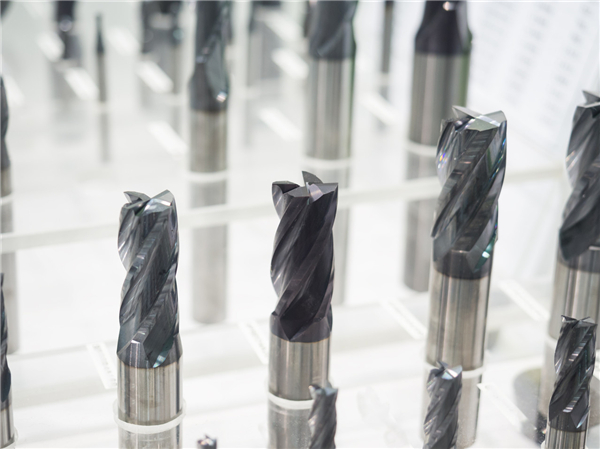End mill’s cutting part is wrapped around flutes, which are a bunch of helical grooves on side of end mills. Each flute is with a sharp edge at least.
While you can’t see this kind of component on drills cause they merely use the edges on its top area instead of lateral cutting edge to drill down and evacuate chips.
(2)End mill is more versatile than drill.
End mills are devised for not only cutting horizontally on work piece but also primarily making a groove then broaching the whole hole based on the groove afterwards. Drills can be only applied for boring straight hole down to material.
In a word, drills can’t be replaced with end mills to accomplish milling operation.
When should you better consider use drills?
If you want to drill a hole less than 1.5mm in diameter, use a drill. End mills less than 1.5 mm become quite vulnerable and therefore cannot operate as vigorously as a drill.
If you need to drill a very deep hole – more than 4 times your hole diameter, choose a drill. Because it may be very difficult for the end milling cutter to remove the chips, which will quickly wear your tool and work piece.
Do you need to make a very precise hole? Sometimes tolerances require a drill and a reamer to achieve perfect finish.
When should you use end mills?
Do you need to dig a big hole? Big hole needs big drill and big horsepower, which is the highlight of spiral milling. Use a milling cutter with a diameter of 60-80% of the hole diameter to clean up quickly, while leaving enough space for debris to escape.
Need to produce a lot of holes of different sizes? Try to use end milling cutter, which can save time and space of tool changing.

分享到:

